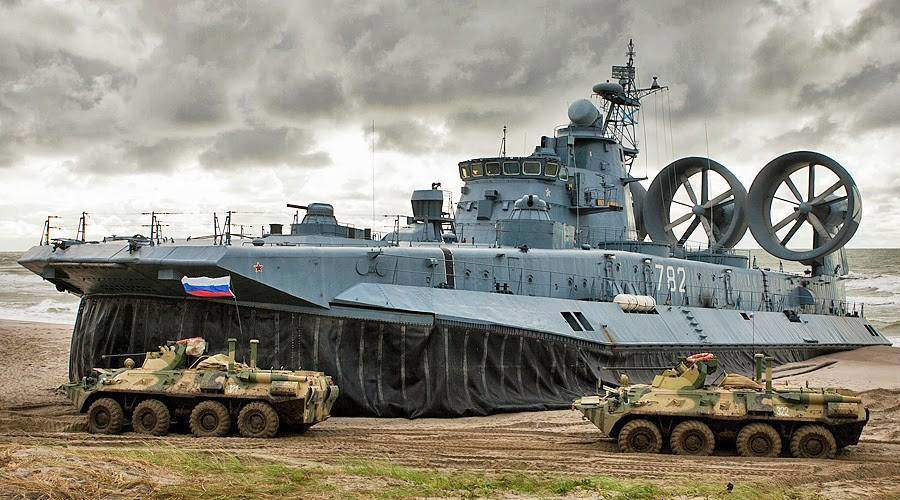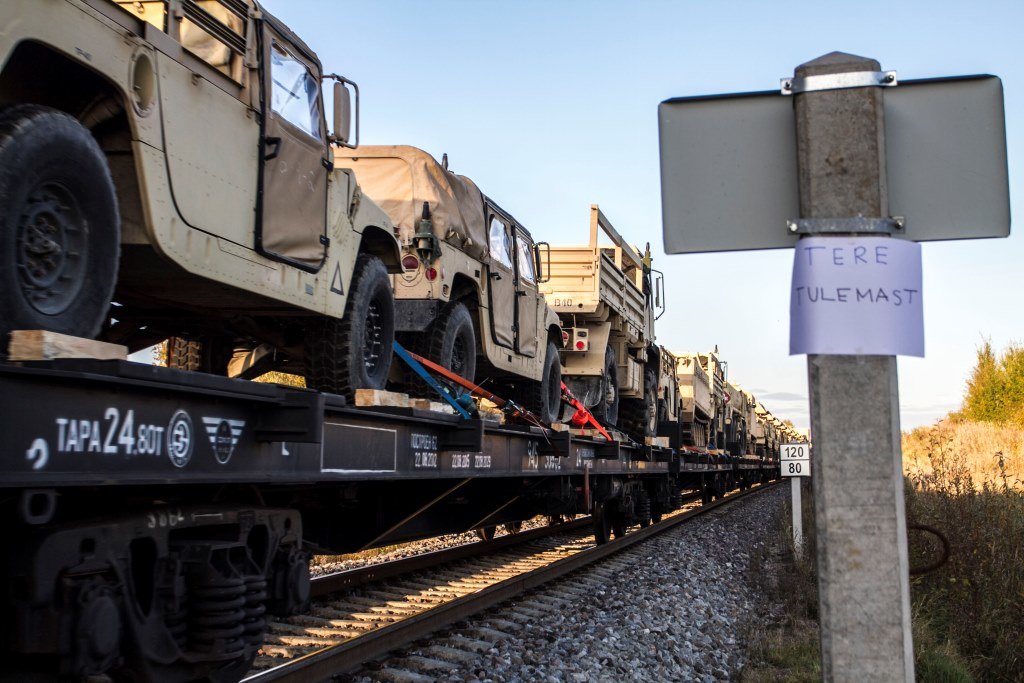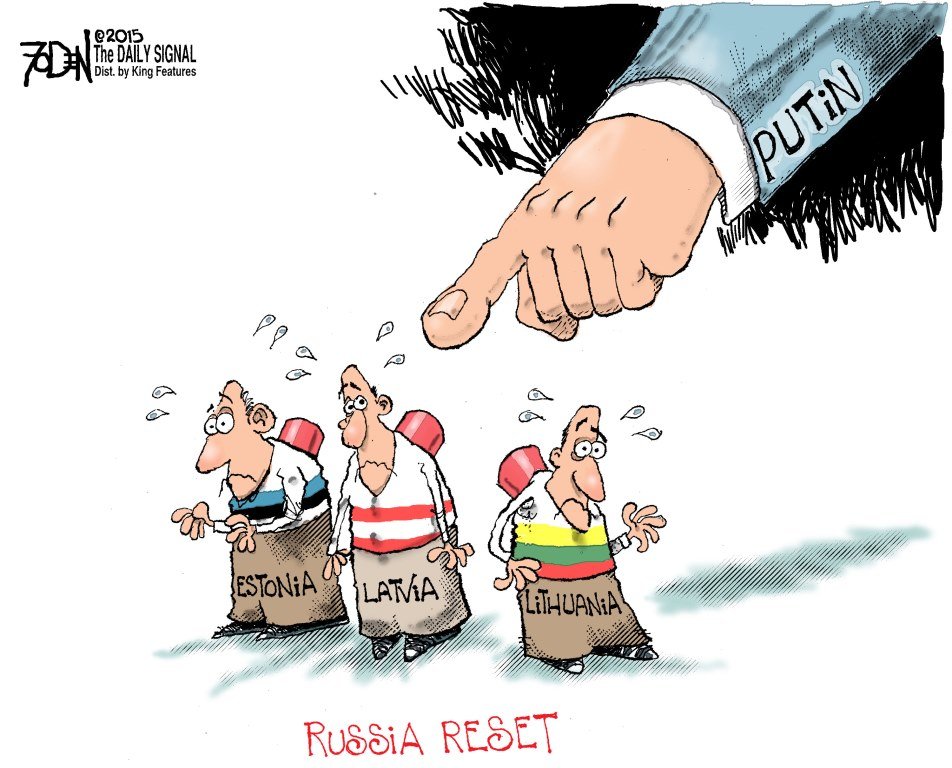At the moment, NATO cannot successfully defend the territory of its most exposed members, including Estonia, RAND Corporation, a global policy think tank, says in its recent analysis.
The think tank analysed a series of wargames conducted in the Baltics between the summer of 2014 and the spring of 2015, and concluded that as “currently postured, NATO cannot successfully defend the territory of its most exposed members”.
“Across multiple games using a wide range of expert participants in and out of uniform playing both sides, the longest it has taken Russian forces to reach the outskirts of the Estonian and/or Latvian capitals of Tallinn and Riga, respectively, is 60 hours,” the think tank says.
Hardly enough to defend the Baltics
RAND corporation added that such “a rapid defeat would leave NATO with a limited number of options, all bad: a bloody counteroffensive, fraught with escalatory risk, to liberate the Baltics; to escalate itself, as it threatened to do to avert defeat during the Cold War; or to concede at least temporary defeat, with uncertain but predictably disastrous consequences for the Alliance and, not incidentally, the people of the Baltics.”

The think tank asserts that even though the US and other NATO allies have rotated forces through the Baltics, they have typically been in battalion strength or smaller, which is “hardly enough to defend the republics against a plausible Russian attack”.
Moreover, the think thank says the region’s geography clearly favours Russia: “From the border to Tallinn along the main highways is about 200 km; depending on the route, the highway (versus crow-flight) distance to Riga is between about 210 and 275 km. From the Polish border to Riga, on the other hand, is about 325 km as the crow flies; to Tallinn, almost 600 km. And to get anywhere from Poland, NATO forces would have to transit the “Kaliningrad corridor”, a 110- to 150-km-wide stretch of territory between the Russian enclave and Belarus that could be subject to long-range artillery and tank attacks from both sides and would require a commitment of (scarce) NATO forces to secure.”
The analysis concedes that today’s Russian military is smaller than its Soviet predecessor’s; however, these forces “appear more than adequate” to “overwhelm whatever defence the Baltic armies might be able to present”.

On a more positive note, the analysis affirms that avoiding a catastrophic failure in the defence of the Baltics requires less than a Herculean effort, adding that “a force of about seven brigades, including three heavy armoured brigades – adequately supported by airpower, land-based fires, and other enablers on the ground and ready to fight at the onset of hostilities – could suffice to prevent the rapid overrun of the Baltic states”.
Scare Moscow to think twice
“While not sufficient to mount a sustained defence of the region or to achieve NATO’s ultimate end state of restoring its members’ territorial integrity, such a posture would fundamentally change the strategic picture as seen from Moscow,” RAND Corporation said.
“Instead of being able to confront NATO with a stunning coup de main that cornered it as described above, an attack on the Baltics would instead trigger a prolonged and serious war between Russia and a materially far wealthier and more powerful coalition, a war Moscow must fear it would be likely to lose.”
According to the think tank, crafting such a defence would annually cost around US$2.7 billion. “Seen in the context of an Alliance with an aggregate gross domestic product in excess of $35 trillion and combined yearly defence spending of more than $1 trillion, it hardly appears unaffordable, especially in comparison with the potential costs of failing to defend NATO’s most exposed and vulnerable allies – that is, of potentially inviting a devastating war, rather than deterring it.”

Putin sees danger in NATO
The analysis admits that Russia’s aggression against Ukraine could have been a “result of a unique confluence of circumstances and that it does not portend a more generally threatening approach to the West”.
However, the report continues, “President Putin clearly appears to distrust NATO and harbour resentments toward it. His rhetoric suggests that he sees the Alliance’s presence on Russia’s borders as something approaching a clear and present danger to his nation’s security. Aggressive acts, angry – even paranoid – rhetoric, and a moderate but real military buildup combine to signal a situation where it may be less than prudent to allow hope to substitute for strategy.

RAND Corporation is an American non-profit global policy think tank, financed by the US government and private endowment. The organisation has about 1,700 employees and its headquarters is in Santa Monica, CA, with offices all over the world. According to Wikipedia, 32 recipients of the Nobel Prize, primarily in the fields of economics and physics, have been involved or associated with RAND at some point in their career.

